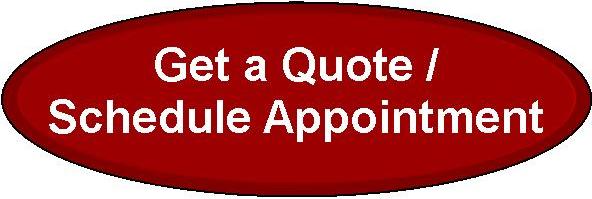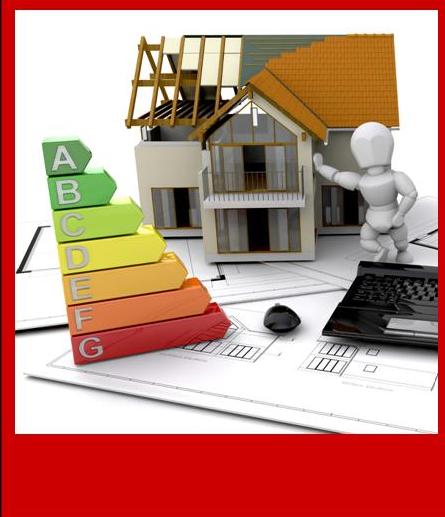Home > Mold Assessments > Mold Report
|
Mold Assessment Report
Mold remediation restore the house to livable conditions and improves health. Initial mold reports indicate sources of of moisture and extent of mold contamination. After mold cleanup is complete, mold clearance inspections show the mold problem has been corrected. Mold reports should be provided after each mold assessment: initial mold inspection and clearance testing. The technical part of the report should have two major components: findings and mold test results. Mold Assessment FindingsHome InSight's mold inspection findings include the background for the investigation, mold inspection goals, moisture issues found, an analysis, and recommendations to appropriate professionals Background. This section documents the reason the mold inspection was requested, along with any relevant history. Mold Assessment Goals. This section describes the mold sampling strategy used to meet client objectives. Moisture Issues Found. Stopping water or moisture is priority one! Continuing to mold remediation is pointless without it. There are usually more than one factors contributing to the presence of mold. The factors are described here. Mold Test Summary. A broad statement of the lab results is provided, indicating the acceptability of airborne mold levels and presence of certain kinds of mold. A detail discussion on mold testing is found later in the report. Assessment Analysis. Moisture control is a home performance issues. It takes all the systems and subsystems of the house as well as appropriate resident behavior to manage water and effectively handle moisture vapor. All the moisture issues and environmental conditions are considered together to conclude why the moisture conditions are able to support mold growth. Recommendations. There are three types of professional recommendations: contractors, remediators, and health professionals. Each recommendation as 3 parts: the concern, why it matters, and which professional can address the situation. Laboratory Results of Mold TestingMold testing is done according to laboratories, who establish strict protocols to follow when taking them. The laboratory then analyzes the samples to determine the type of mold present. In the case of air samples, they also determine quantities of mold spores. Airborne Mold Levels. In the case of air samples, the laboratory establishes criteria to determine whether "unusual" or "acceptable" mold conditions exist for most people. Either mold levels are acceptable or they're not. The laboratory makes the determination. Mold Type Description. For each sample, a list of all mold types are presented. For each type, the normal places to find it is indicated along with health effects, if any. Professional Interpretation. The laboratory documents everything it finds in a mold test sample. A Certified Mold Inspector or Industrial Hygienist extracts information from it for the purposes of the assessment. Home InSight looks for hazardous mold types. Other types of debris are ignored, however, the entire lab report is provided for each test for interpretation by other mold professionals.
Mold Assessments | Mold Pros | Mold Prevention | Mold Removal
|
|
|

